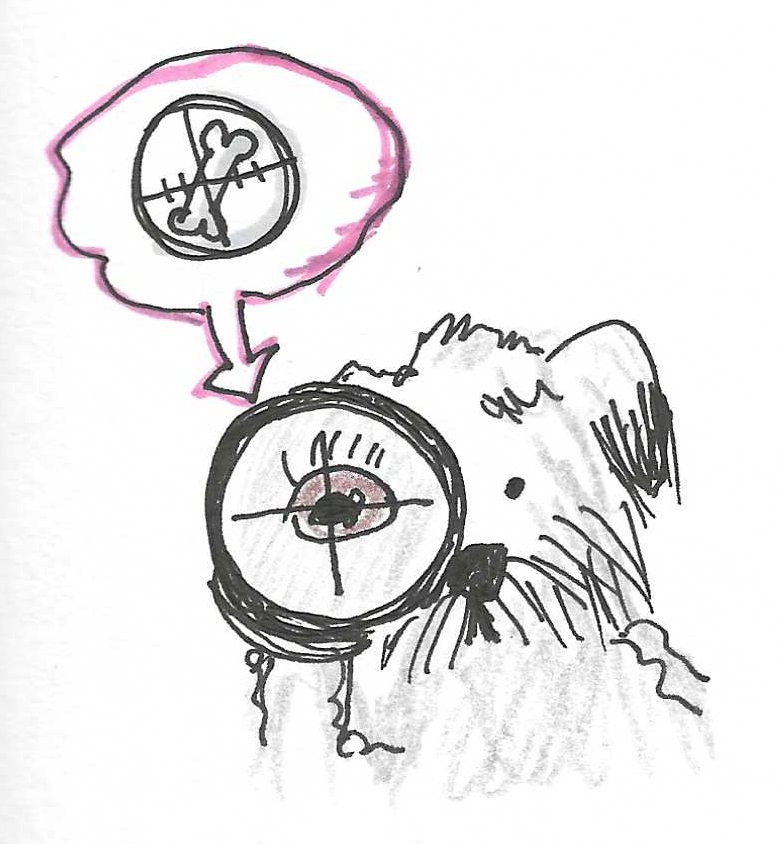Using scopes with has_many and belongs_to

Implementing scopes on your associations can cause much confusion and frustration; especially when you see hard to interpret SQL-y errors being returned, (you’ve probably seen error messages which start with PG::UndefinedTable: ERROR: missing FROM-clause entry for table..., right?) and have no idea how to go about fixing them.
When you have a belongs_to or a has_one/has_many (with or without :through) association defined on your model, you will in many situations benefit from defining scopes in your model that reference your association. Defining a custom scope which references attributes in your association table(s) has the potential to DRY up your code and make code in other parts of your application easier to understand.
Defining scopes directly on the association
ActiveRecord's has_many and belongs_to methods give you the ability to define scopes directly on the association. This way, you can customize the SQL that is generated when you access the association.
Say you have a User model which has_many posts, and when you do @user.posts, you only want to return the posts which were created in the last year. Your User model would look like:
class User < ActiveRecord::Base
has_many :posts, -> { where('created_at > ?', Time.current - 1.year) }
end
Because you’ve defined the scope this way, when you do @user.posts, the generated query will include the where condition above so that any posts returned will have been created within the past year.
You can also pass in an argument to this scope, which allows you to further customize the generated query. Say instead of defaulting to 1 year you wanted to pass in the timeframe, you could do something like:
class User < ActiveRecord::Base
has_many :posts, ->(timeframe) { where('created_at > ?', timeframe }
end
One gotcha to keep in mind, especially when using columns like created_at which are common to most tables, is that you might have to specify the table name explicitly in your scope if your DB complains.
So the above would look like:
class User < ActiveRecord::Base
has_many :posts, ->(timeframe) { where('posts.created_at > ?', timeframe) }
end
I’ve condensed the information in this article into an easy-to-digest PDF cheatsheet – my goal being to provide you with a quick reference on using scopes with has_many and belongs_to in Rails. Click here to download it!
Referencing attributes of the association table in your scope
You might also sometimes benefit from defining scopes in the parent model which reference attributes of your association. Adding to the example above, let’s say you wanted to define a scope on the User model which returns all users who have pending posts (posts which haven’t been “approved” yet).
class User < ActiveRecord::Base
has_many :posts
scope :with_pending_posts, -> { joins(:posts).where('posts.pending = true') }
end
Couple of things to note from the scope definition above:
- You have to use the
joinsmethod in your scope so that your DB knows which table you’re referring to. - To reference association attributes in the
wheremethod, you have to use the table name of the association followed by the column name (posts.pendingin this case) to prevent your DB from complaining, and to have it return the expected result.
A corollary from the points above is that you can technically reference attributes of any table in your scope, even if they are not explicitly defined as an association in your model. You’d of course have to set up your joins correctly – refer to the ActiveRecord documentation for more info.
Update: Kevin pointed out in the comments section(of my old website) that instead of doing:
scope :with_pending_posts, -> { joins(:posts).where('posts.pending = true') }
you could do:
scope :with_pending_posts, -> { joins(:posts).merge(Post.pending) }
This is definitely worth a consideration as it makes your code cleaner and easier to read. Not only that, you will probably be able to make use of the scope you define on your Post model in other areas of your system.
If you haven’t seen the merge method before, take a look at the following resources to get acquainted and some ideas on how it could be useful:
- ActiveRecord documentation on merge
- A useful article via gorails.com on using merge with scopes
- An article I wrote on 4 ways to filter has_many associations, one of which includes using the
mergemethod
Troubleshooting error messages
When the scope you’re building is complex, you’ll probably run into errors, especially SQL errors. It will benefit you greatly to learn how to read these errors and understand what your DB is complaining about. Typical complaints include tables which are not defined and columns which don’t exist because the query is looking for them in the wrong table.
Remember that a custom scope is the same as defining a class method. So if you’re stuck, ask yourself how you would implement the scope as a class method.
Keep in mind that if you want your scope to do calculations based on association attributes, you might not be able to use Ruby, and will have to brush up on your SQL (more importantly, SQL that works with your DB of choice) to accomplish what you need.
For example, check out the scope below, where for an Availability model, we’re returning records whose start_time is greater than an associated Venue's notice_time, which in this case happens to be stored as an integer. As you’ll notice, Now() and 1 hour::interval are Postgres specific SQL.
class Availablity < ActiveRecord::Base
has_one :venue
scope :after_notice_time, -> { joins(:venue).where("start_time >= now() + venues.notice_time * '1 hour'::interval") }
end
Check out this Reddit thread for more details on the above example.
Also, if you haven’t seen this before, this Railscast is an amazing resource for getting deeper into association scopes.
I’ve condensed the information in this article into an easy-to-digest PDF cheatsheet – my goal being to provide you with a quick reference on using scopes with has_many and belongs_to in Rails. Click here to download it!